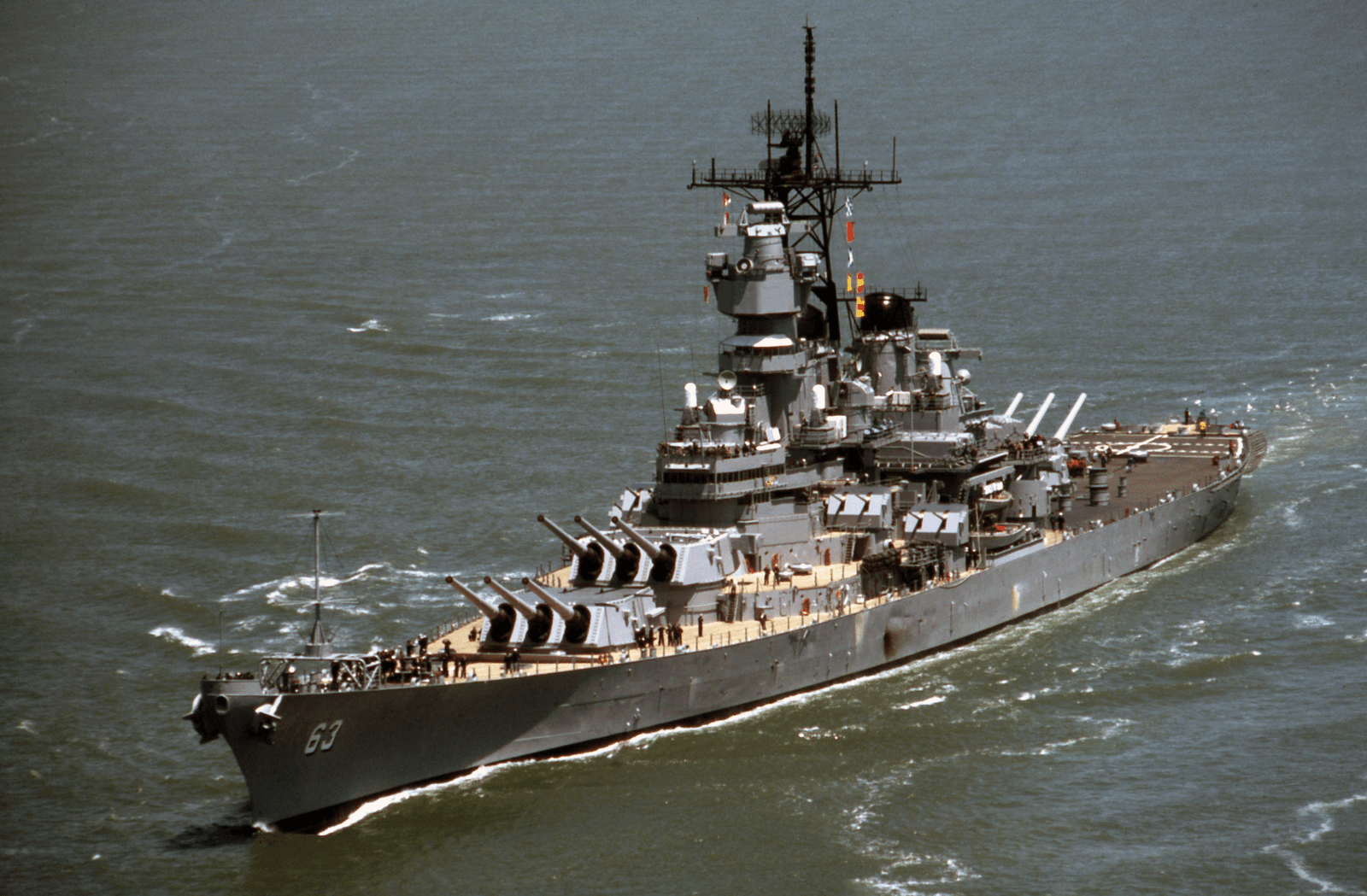
Pearl Harbor is more than just a location on a map—it’s a site that reminds the world forever about sacrifice, resilience, and the responsibility to remember. Two ships, the USS Arizona and the USS Missouri, bookend that narrative. One commemorates the day America was pulled into war; the other signifies the day peace was ultimately achieved. Both preserve history in a way no monument by itself could.

Arizona lies in the water, a grave and a memorial. On the morning of December 7, 1941, the battleship was devastated in the surprise attack that propelled America into World War II. The blast took 1,177 lives, more than 900 sailors remaining within her hull to rest forever. Above the wreckage, the white memorial constructed in 1962 appears to float just beyond grasp, providing a contemplative space without ever intruding upon the ship below. It has been preserved by the National Park Service since 1980, with the respect it is due.

Preservation in this case is a delicate balance. Arizona’s hull is fragile, and the waters around it are similarly delicate. Two giant mooring platforms, constructed in 1942 to support salvage teams, loomed over the wreck for decades—longer, at least, than anyone ever imagined. They are now an integral part of the memorial’s recognizable image, despite never being intended to be permanent.

When one of them partially failed in October 2023, it was a reminder that time waits for no man, not even for holy sites. Navy divers, in collaboration with the Park Service’s Submerged Resources Center, examined the site and concluded that the platforms needed to be taken out. The difficulty was how to hoist them in one piece, without damaging either the ship or nature.

Pacific Fleet diving and salvage officer Commander Matthew Englehart made it clear that protecting the waters and the wreck itself was a priority. The removal wrapped up the last page in a salvage tale that started immediately after the attack, when divers and workers put their lives in danger to salvage what they could.

Captain Lee Shannon, who commanded the recent cleanup, described the original work as a dazzling example of grit and expertise. Today’s crews are no less determined—only now the mission is to protect, not to repair.

On the opposite side of the harbor, however, the USS Missouri, the vessel that completes Pearl Harbor’s other half-story, stands tall. Nicknamed the “Mighty Mo,” it was here, on September 2, 1945, that Japan accepted the surrender to close World War II. Its decks have borne witness to the sound of battle as well as the silence of peace. Served in Korea and the Gulf War, Missouri was decommissioned in 1992 and permanently berthed at Ford Island as a museum.

Walking along the Missouri is like walking through sheets of history. Visitors can stand in the captain’s quarters, where President Harry Truman and later Marilyn Monroe dropped by, or climb down into engine rooms that once propelled the massive ship across seas. It takes a community effort to keep the ship shipshape—a small crew and a big army of volunteers.

Among those volunteers are active-duty Sailors from the Information Warfare Training Site Hawaii, who spend their Thursdays sanding, painting, and restoring the battleship’s spaces. Cryptologic Technician Technical 1st Class Jacklyn McVay put it simply: even small jobs matter when you’re working on a ship with this much history.

Safeguarding these vessels isn’t merely a matter of paint or patching. It’s respecting the heritage and adhering to laws that preserve historic sites. Navy doctrine and federal preservation statutes mandate that every choice is carefully considered, with advice from experts and the public. Every move—whether planning a dive or selecting the proper coating for steel—is done in consultation and with respect.

The stewardship of the Arizona and Missouri continues every day, carried out with skill, knowledge, and reverence. Each dive to the Arizona’s resting place and every brushstroke on the Missouri’s deck is more than maintenance—it’s a promise. These ships endure not just as steel and timber, but as vessels of memory, holding the sacrifice of those who served and the hope that the lessons of Pearl Harbor will never be forgotten.
